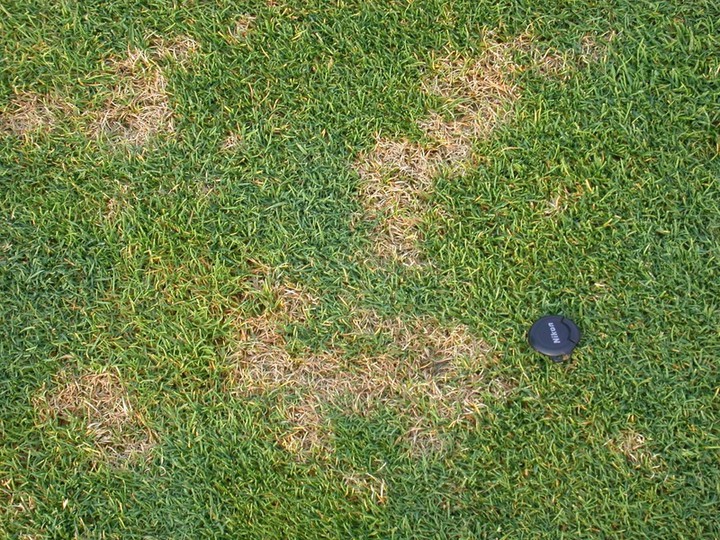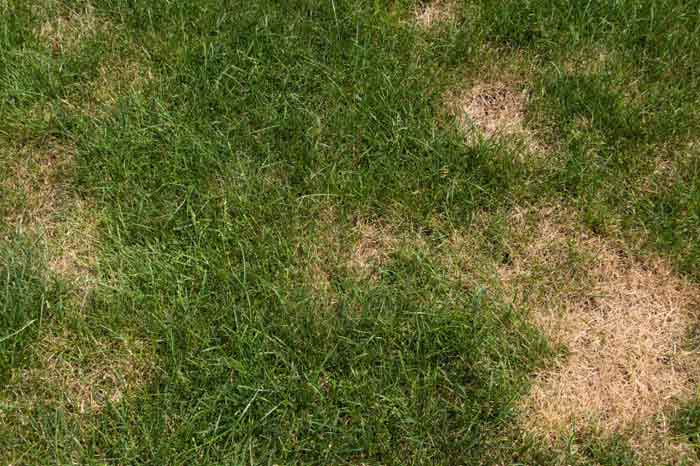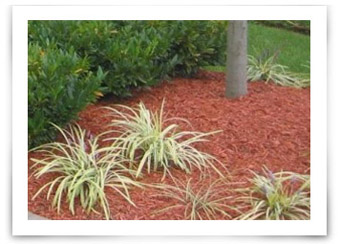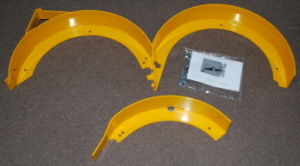- Brown Patch appears in irregular brownish/grayish round patches caused by fungus. The grass patches may turn yellow or red before dying. To control, use only small amounts of nitrogen fertilizer. If that fails, use a fungicide.
- Dollar Spot fungus will typically show up in a Bermuda grass yard. It looks like dead patches 2-3" wide and the grass blades get reddish-bordered lesions. To control dollar spot, give plenty of nitrogen and water and, if necessary, try a variety of fungicides.
- Fairy Rings are widening circles of mushrooms, sometimes only appearing as rings of dead or dark green grass. To revive the dead patches, fertilize and aerate the affected areas of lawn, but don’t bother with fungicides—the mushrooms are deeply rooted.
- Gray Leaf Spot is most common on young St. Augustine grass in the summer, often in the shade. Leaf blades will have grayish spots with dark brownish borders, sometimes covered in mold. To control, be moderate with nitrogen fertilizer, and use a fungicide in ten-day intervals.
- Leaf Blotch appears as purple or brown vertical oval spots on grass blades, and can cause thinning over a whole lawn. To control, raise the cut height of your mowers and use a fungicide if necessary.
- Nematodes are microscopic worms that go after roots. Patches in a grass yard might thin or pale. If you suspect nematodes, have a soil sample tested to confirm. You can’t really get rid of nematodes, but you can help lawns generally thrive in spite of them.
- SAD (St. Augustine Decline) is a virus in Southern St. Augustine grass lawns. It starts out as speckled grass blades and takes a couple of years to kill off completely. You can’t really control it, so if you’re sure it’s SAD, consider renovating the lawn with a resistant variety.
- Slime Molds appear as a yellow, gray or black blob made up of tiny, powdery balls. It only feeds on the dead grass, but can cause other grass to yellow by shading it. Dry weather will kill it on its own, so just sweep up any unsightly spots in the meantime.
- Take-All Root Rot is a fungus that causes brown patches of grass. Fungicides are not very effective, but it helps to not use too much water or lime, and to avoid ammonium nitrate fertilizers.



